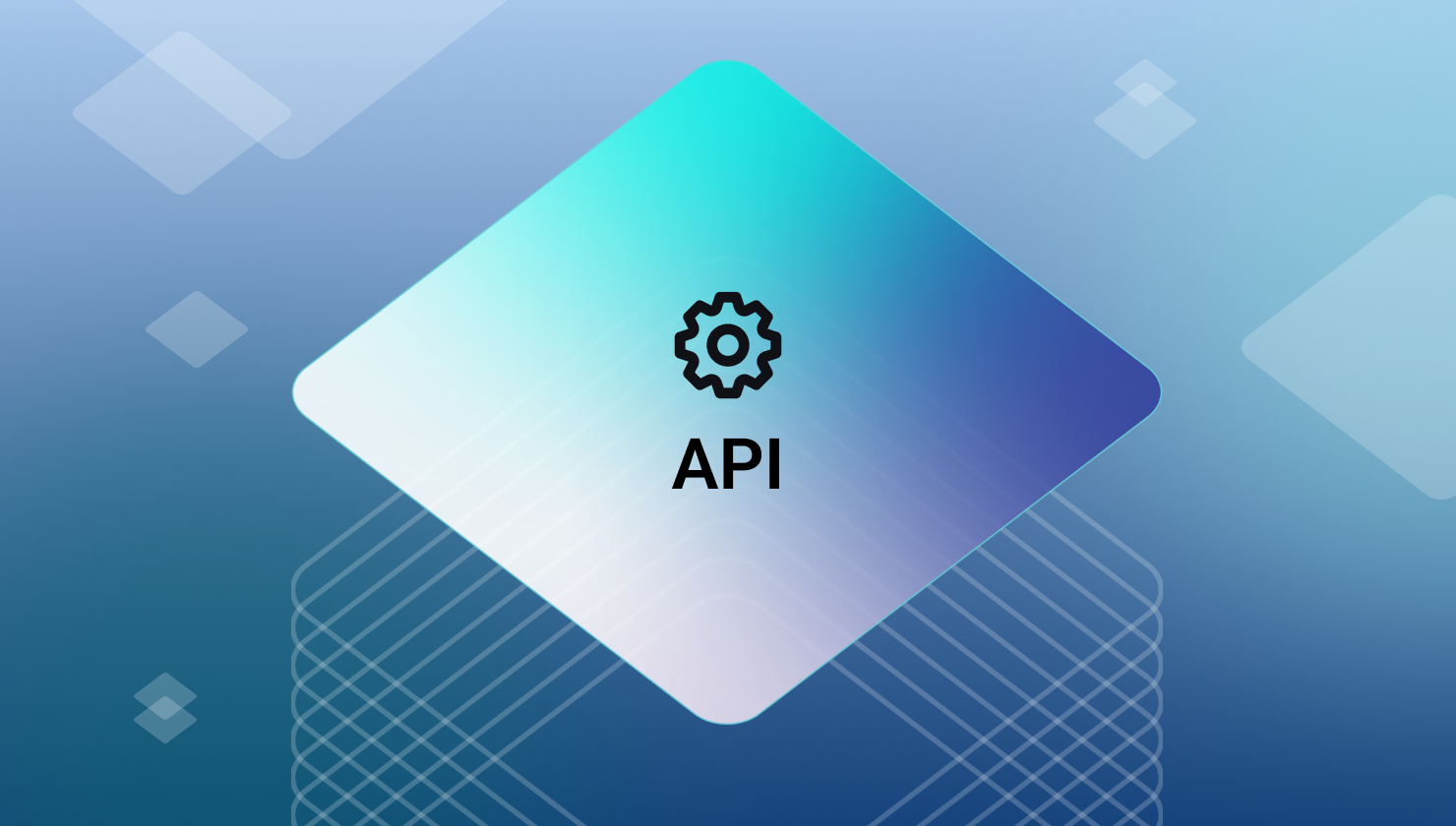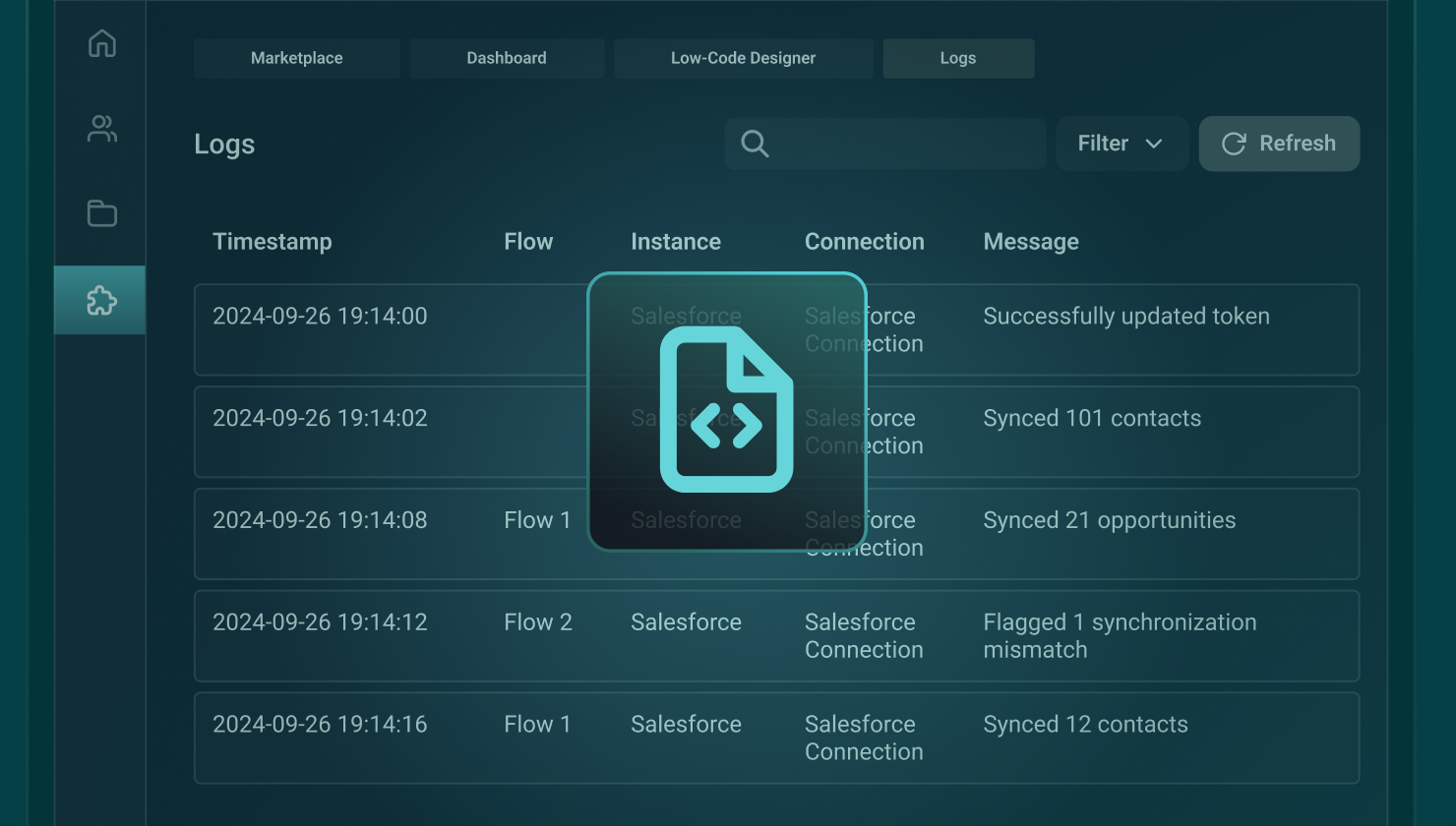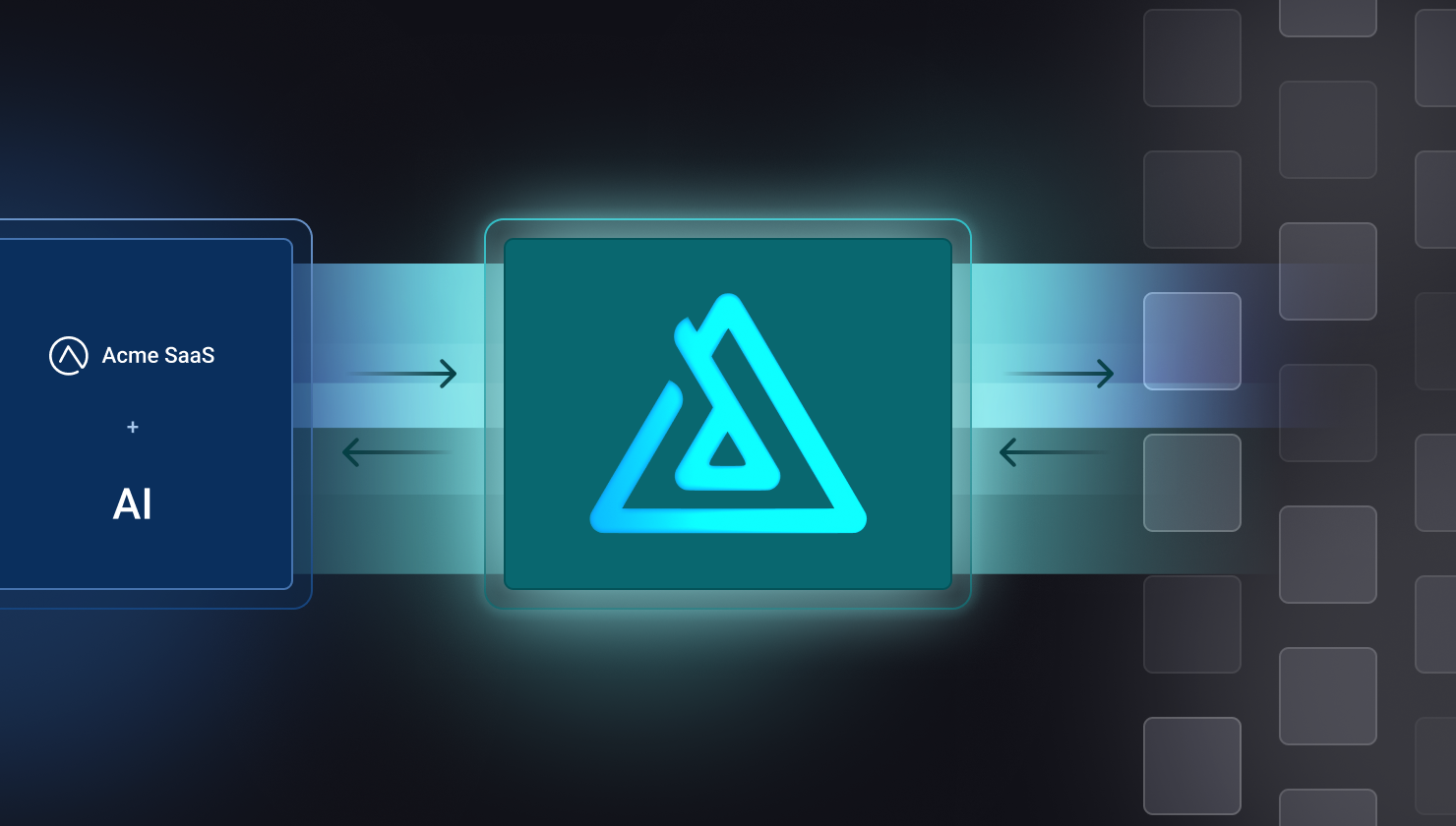Modern B2B SaaS products no longer operate as isolated systems – they are expected to integrate fully with customers' existing tech stacks. Despite this, many teams prioritize building a beautiful UI first, creating tech debt, which leads to substantial rework when it comes time to develop integrations and other functionality.
API-first development puts the horse where it belongs, in front of the cart. Teams design and develop the APIs before the user interface or other internal layers, making the API core to the product.
For a new B2B SaaS product, adopting an API-first approach from day one is the most critical decision a product manager can make to ensure scalability, flexibility, and efficient integration development.
What API-first means
API-first development means your team focuses on creating the API structure, including endpoints, before creating any other application layers. For devs to build this, they must know how external systems, internal services, and the UI will consume the data using consistent, well-documented APIs.
The API becomes the backbone or foundation to which every other part of the product is tied. Think of it this way: while it's possible to place a new foundation under a house after it's built, it's hugely inefficient and costly. In the world of SaaS, retrofitting an API to a product after the rest of the product has been built is also inefficient and costly.
Integrations are essential
Integrations aren't the only reason you should build API-first, but they are a key piece of the picture. Most SaaS buyers consider a product's integration capabilities a top criterion for their evaluation. The reason is simple: integrations have become table stakes for SaaS. Customers expect your product to have integrations with the other apps they use.
Native integrations with Salesforce, Slack, and all the other apps in your customers' tech stacks fundamentally transform your product's value proposition. Prospects no longer ask, "What does your product do?" but "What does your product allow me to do with my data?"
Integrations also drive retention, as products with integrations see churn rates reduced substantially. And APIs can power extensive partner ecosystems (for example, check out HubSpot).
Bottom line: if you are building a SaaS product, it needs to have integrations. And, while you should build, deploy, and manage those integrations with an embedded iPaaS, you'll need an API before you can spin up integrations.
Efficiency gains for your team
An API-first structure allows each of your development teams (for example, backend, frontend, and integrations) to work in parallel, significantly increasing your time-to-market speed for new functionality.
This decoupling reduces friction for successive iterations, accelerates A/B testing, and enables greater consistency across all touchpoints. Devs working with well-documented APIs will be able to onboard more quickly, and their resulting work will trigger fewer support tickets.
API-first enables teams to iterate on the UI/UX without touching core business logic. And tech partners can build against stable endpoints well before product launch, ensuring their integrations and add-ons are tightly coupled with your product.
With API-first, you've isolated your core business logic from your presentation layer. If you decide in N months or years to build an integration, create a mobile app, or set up an entirely new web UI, you've already done the heavy lifting by putting the API in place.
Create more revenue opportunities
When you treat the API as a product, it opens new revenue streams. You can charge for integration access with usage-based pricing or offer premium tiers for enterprise customers.
Tech partners can extend your product by building integrations, apps, or automations – growing a developer ecosystem that organically promotes your product.
Instead of providing narrow functionality, your SaaS product becomes a platform others build upon, increasing retention and market reach.
And while it's true that your customers may not care much about your API, they do care about the business outcomes that your API enables.
Reliability and scalability
API-first architecture delivers the reliability and scalability that B2B customers demand. It promotes consistent data logic across all channels, simplifying testing and enabling automation. It allows for horizontal scaling, microservices, and edge computing without UI bottlenecks – ideal for growing your product.
By establishing a clear API contract upfront, your frontend is clearly separated from the backend, allowing you to upgrade or rewrite backend services without affecting the UI or integrations and making it straightforward to implement changes as your product grows.
This contract is a formal agreement covering how data will be structured and exchanged between systems. It prevents many problems in development and testing, ensuring that every piece of code meets communication standards and leading to fewer integration errors and better system stability and reliability.
You can also ensure that security mechanisms like authentication, authorization, and rate limiting are baked into your API from day one. This makes things consistent, easier to monitor, and better defended against attacks, preventing costly, relationship-killing data breaches.
Future-proof your platform
Because API-first products have a clean separation between product layers, they are inherently flexible and scalable. Business logic is exposed via API endpoints, so you can use the same API to serve web, mobile, desktop, and even white-label versions of your product with minimal additional effort.
As new technologies emerge, whether AI, voice interfaces, or capabilities we haven't imagined yet, your existing API can be leveraged to power new functionality without re-architecting the product from the ground up. This headless capability helps to ensure that no matter what the future brings, your product is flexible and extensible where it counts.
API-first strategies, not tactics
We understand the drive to build the UI. With a cool UI, you can demo your product to investors, prospectors, and future employees. But bypassing the API to get there faster is a shortcut that compounds costly tech debt with every feature you add.
Some of the most successful companies in the SaaS space – Stripe, Twilio, Shopify, and HubSpot – are using API-first strategies to dominate their categories.
API-first is more than a product decision; it's a strategy to help drive scalability and sustained growth. It's the product foundation necessary for faster development, more powerful integrations, and stronger partner relationships.
Ready to build integrations on a solid API foundation? Prismatic lets you build faster with AI and handles everything that breaks at scale so that you can ship integrations, not infrastructure.
Explore code-native integration development.




